Overview:
When Edward I started the recoinage of 1279, Lincoln was not one of the cities granted an exchange. But, it was opened in mid 1280 to relieve the overworked London mint and to facilitate the exchange of new money¹. The mint closed a year later.
There appears to be very little variation between the dies used to strike Lincoln farthings - the bust and lettering remains consistent with barred A's and N's and a "normal" G.
Recently an example has appeared with unbarred A's and a "top heavy" G - more commonly used on class 4de farthings.
The coinage of c.July 1280 - c.December 1280 (Group IIIc)
If Edwards' recoinage was to be a success, an enormous quantity of new coinage was required to replace the long cross coinage which was demonitised in August 1280. This vast output required the production of new dies on an almost daily basis, resulting in a gradual modification of the coinage over time. A new regional "royal" mint was established at Lincoln, and while the production of farthings was not expressly prohibited at Lincoln, no farthings from this mint have been found. The regional mints remained active until December 1281.
The coinage of c. Christmas 1280 - Autumn 1281 (Group IIIde)
As no Lincoln farthings from the Group IIIc issue have been found, it is quite possible that farthing production did not commence here until late December 1280, coinciding with a proclamation that all new farthings were to be made from sterling silver. Previously, all farthings had a certain amount of alloy added to the silver to make the coins larger for convienient use, but from a monetary point of view, the alloyed silver issue proved unpopular. Without the added weight of the alloy, these new farthings were lighter than the previous issues, with a nominal weight of only 5.51 grains
This issue of farthings was also produced at the regional "royal" mints of
Bristol,
Newcastle and
York.
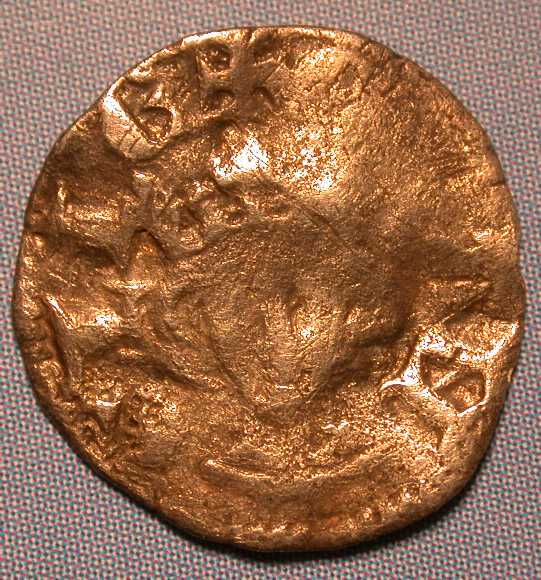


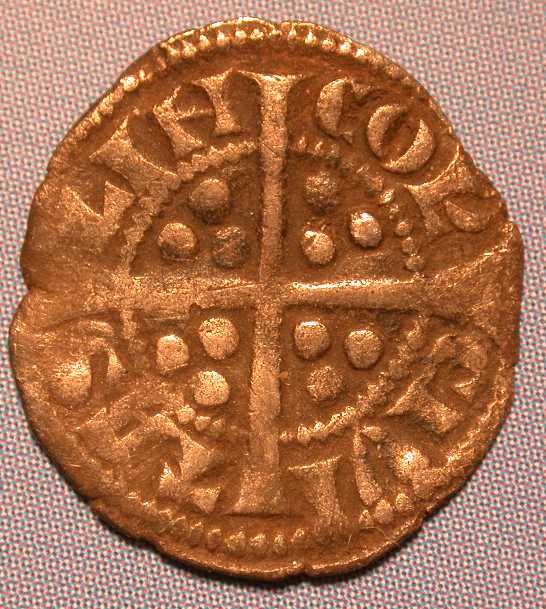
Date: 1280-81
Mint: Lincoln
Type: Type 10
Diameter: 11mm
Weight: 0.33g (5½ grains²)
Obverse: +
ER AN GL I
E
R with wedge tail. Barred A. Normal N.
Reverse: CIVI TAS LIN COL'
Normal N. "Long Cross" with three pellets in
each quarter.
Reference(s):
N.-
S.
Blunt. Type 3de
Scarcity: Rare
Guide Price:
£30 (Fine)
£80 (Very Fine)
Sold by:
- A good example of this coin, irregular flan and weakly struck legend in parts (top photo), was sold for £45.
- A fine example of this coin, irregular flan and weakly struck legend in parts (lower photo), was sold for £53.
Date: 1280-81
Mint: Lincoln
Type: Type 10bis
Diameter: 11mm
Weight: 0.33g (5½ grains²)
Obverse: +
ER AN GL I
E
R with wedge tail.
Unbarred A and "top-heavy" G. Normal N.
Reverse: CIVI TAS LIN COL'
Normal N. "Long Cross" with three pellets in
each quarter.
Reference(s):
N.-
S.
Blunt. Type 3de
Scarcity: Rare
Guide Price:
£30 (Fine)
£80 (Very Fine)
Sold by:
- A fine example of this coin (above photo), was sold for £38.
Can't find your coin?
¹ MATE, M. 1972: Monetary Policies in England, 1272-1307 (BNJ 41) pp
79
² SEABY, BA. (ed) 1948: Notes on English Silver Coins 1066-1648 to
help collectors in their classification (London, Seaby). pp 87
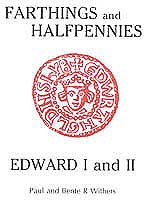




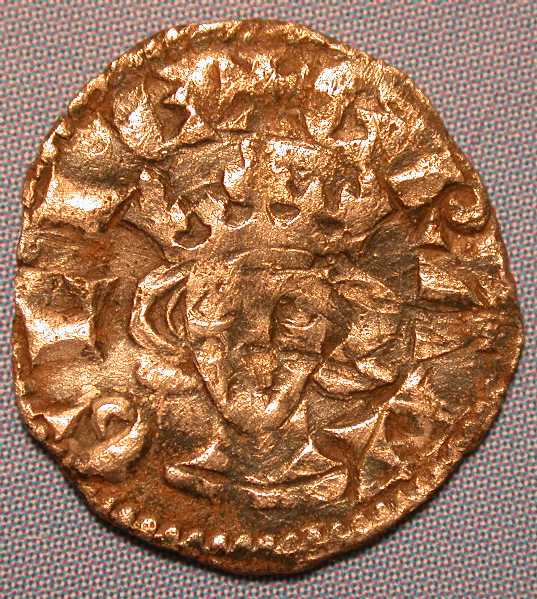
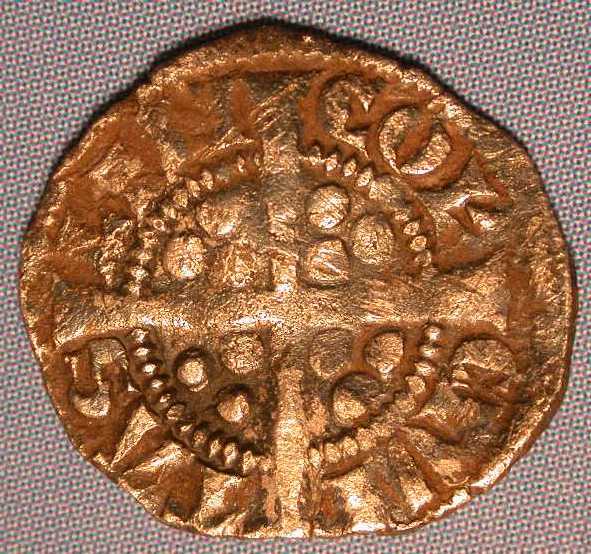

![Validate my RSS feed [Valid RSS]](../valid-rss.png)